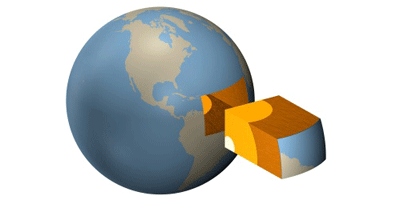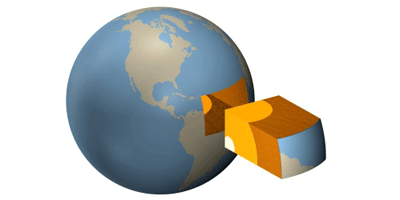Lowered Resistance Under Pressure
The Earth consists of a rocky crust and mantle surrounding a metallic iron core. It has been assumed that Earth’s mantle is stony, and electrically insulating all the way to its core, but if the mantle instead contained a significant amount of metallic minerals, it would change the way Earth’s magnetic field propagates to the surface, and influence the coupling between the mantle and core.
Wustite ( ) is a prototype for the iron-bearing minerals found in the Earth. Though is insulating at ambient conditions, in the late 1980s researchers observed it undergo a transition to a metallic state when compressed by shock waves. The nature of this transition has, however, been unclear.
In a paper in Physical Review Letters, Kenji Ohta of Osaka University, Japan, and colleagues report their combined theoretical and experimental attack on the problem. The research team measured high-temperature resistivity and structural x-ray diffraction patterns of in a diamond anvil cell to simulate conditions in Earth’s mantle. At a temperature of kelvin and pressure of gigapascals, Ohta et al. were able to watch as in a rocksalt atomic structure became metallic without any structural changes.
To understand these findings, Ohta et al. performed density-functional calculations of electrical conductivity as a function of temperature and pressure. The results suggest that their observations are consistent with a new kind of insulator-metal transition involving fluctuations between a high-spin state to a low-spin state in the . For geophysicists, this makes the picture of conductivity deep in the Earth richer: both insulating and metallic phases must be added to the phase diagram, with potential implications for thermal and electrical conductivity, and in turn models of the planetary magnetic field. –David Voss





